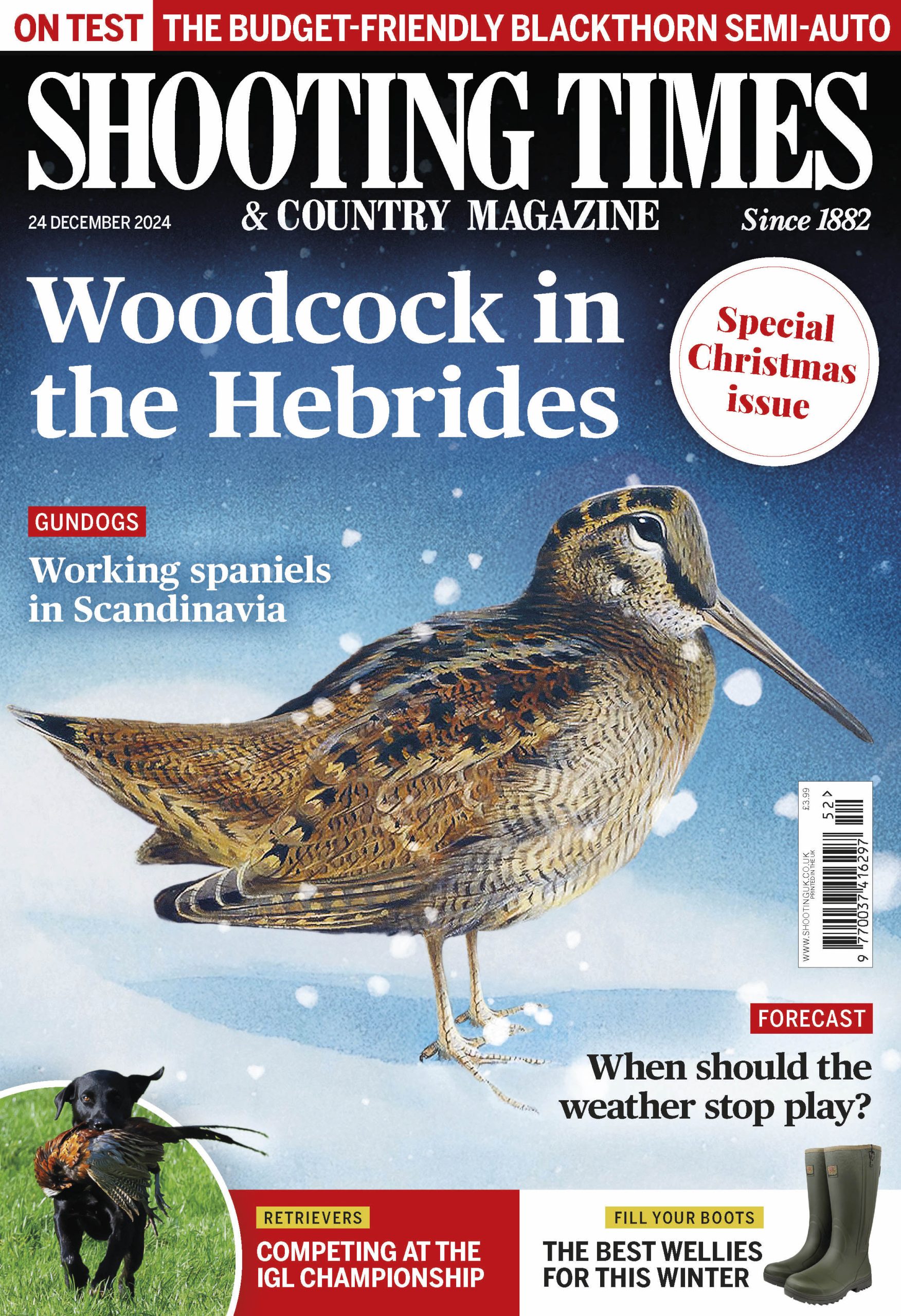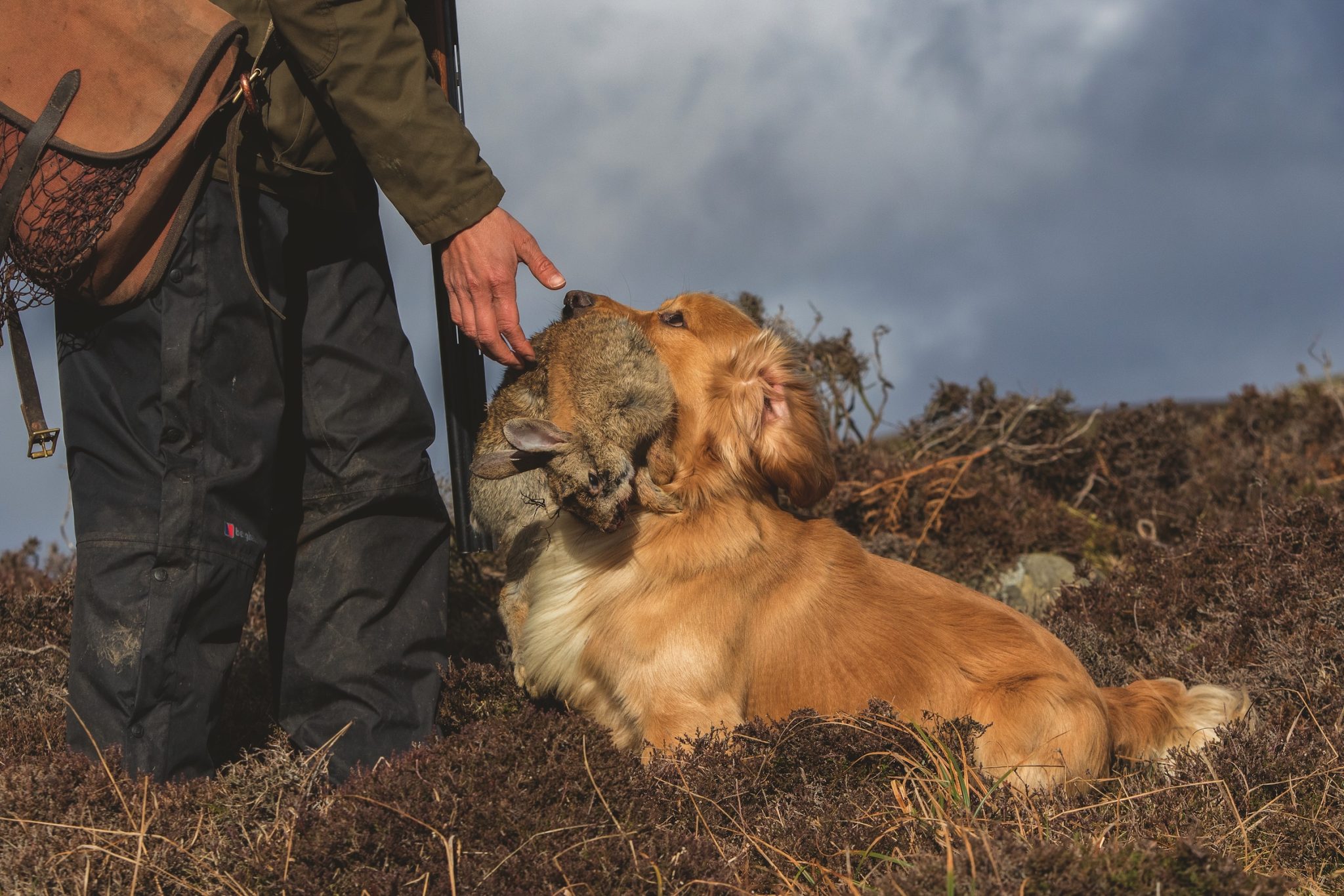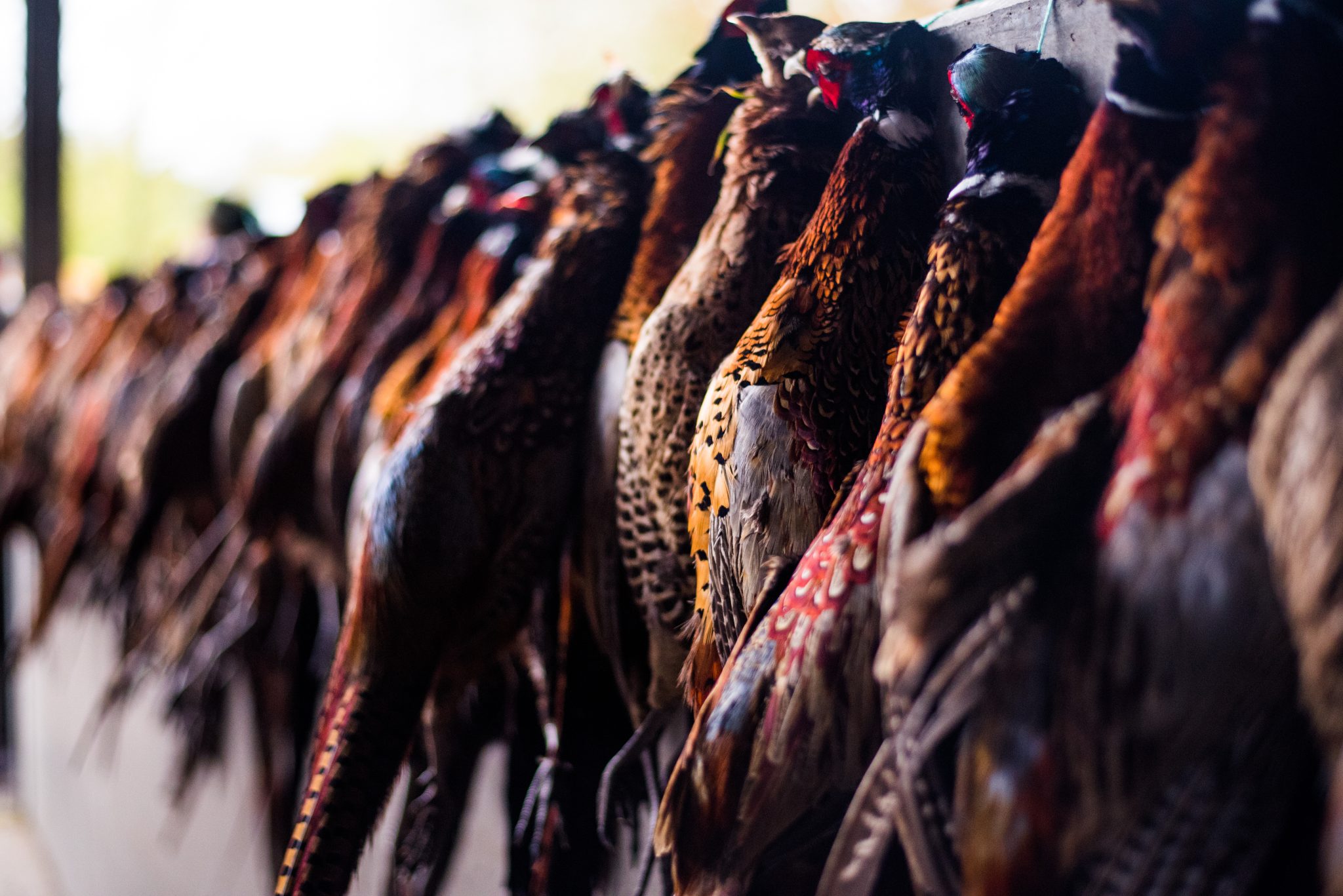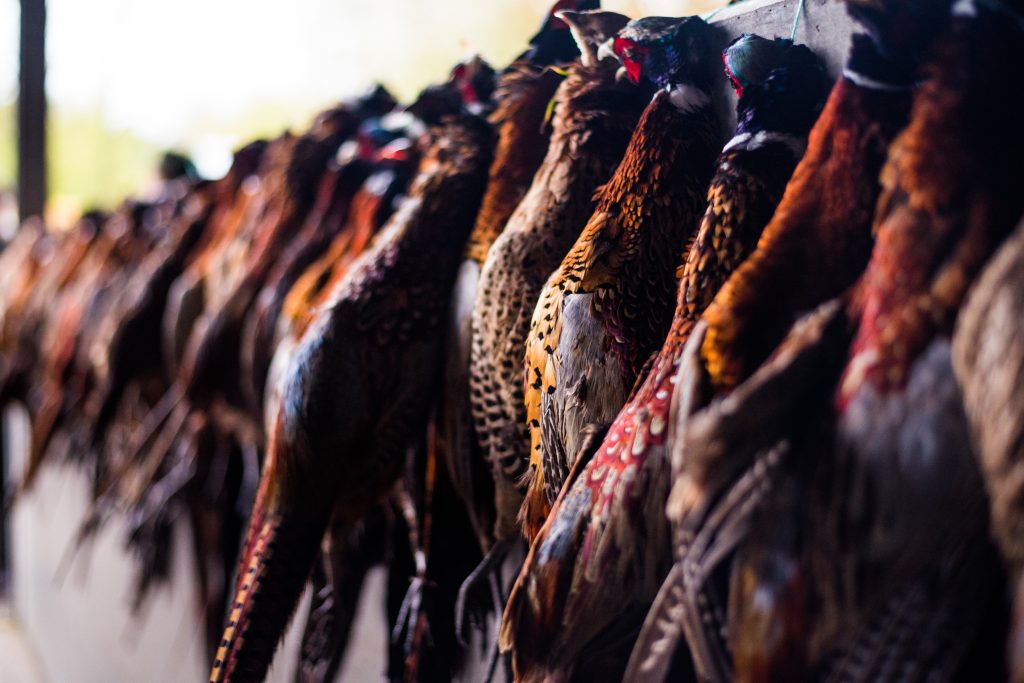Win CENS ProFlex DX5 earplugs worth £1,149 – enter here
Human food boosting fox numbers
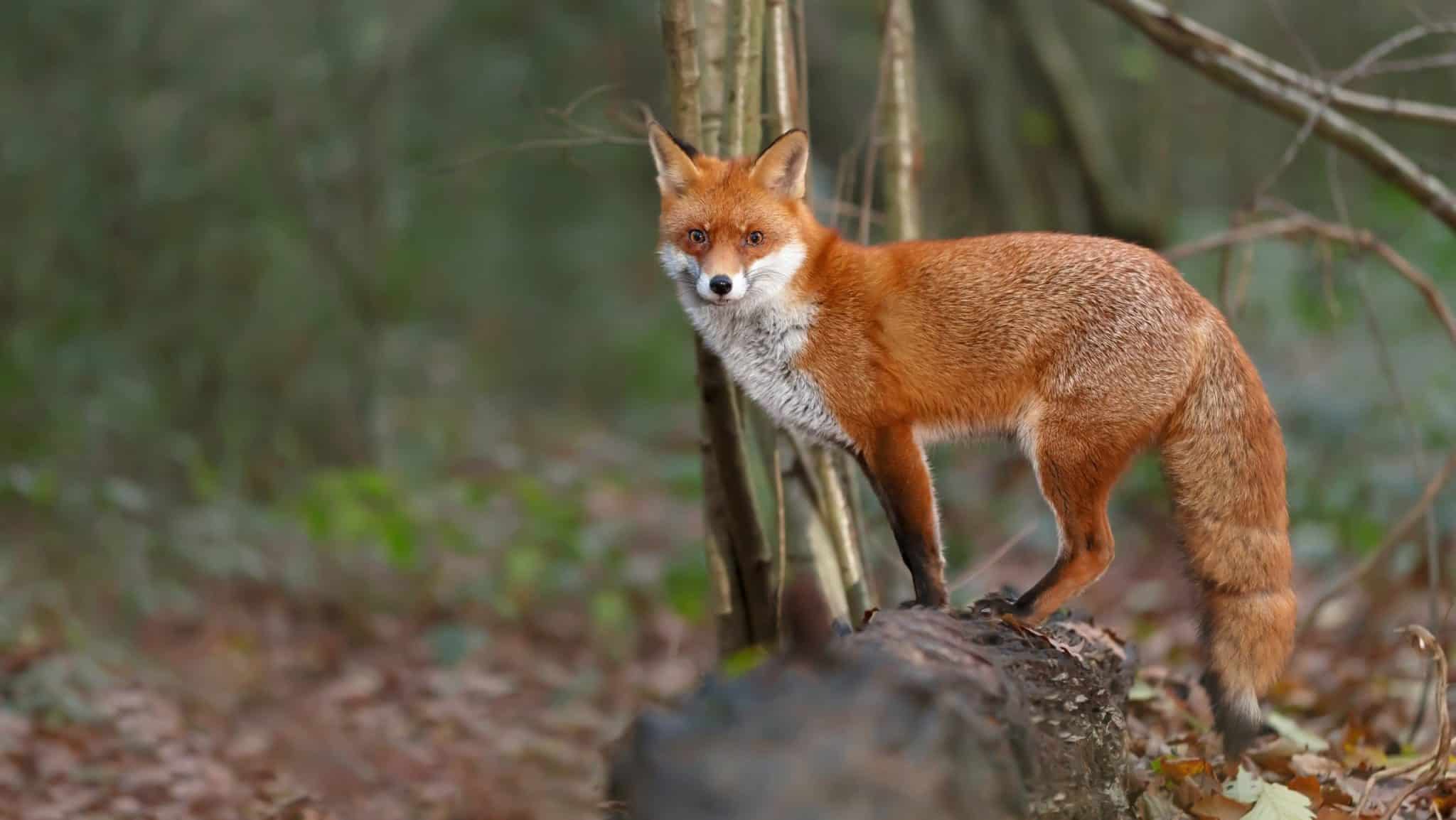
Human food waste is fuelling foxes and putting pressure on threatened bird species in the New Forest, according to a recent study.
The study, between the GWCT and Bournemouth University (BU), found that foxes are consuming large quantities of human food waste, which is likely keeping their numbers artificially high. During the two-year study, scientists analysed the stomach contents of 447 foxes and found that an average of 14% of their diet was made up of anthropogenic – or human – food sources. The proportion of foxes being sustained by human food waste is estimated to be as high as 65%.
The findings suggest that reducing food waste and better refuse management could help manage fox populations and ease predation pressure on threatened wild birds. Nest predation and poor chick survival is primarily responsible for low breeding success in waders in the New Forest, including curlew, lapwing, oystercatchers and ringer plover.
Head of predation management research at the GWCT Mike Short said the research has implications for managing general predators, such as foxes and carrion crows, across the UK. “Lethal control of predators is controversial and costly, but often it is the only viable option of reducing pressure on breeding waders.
“Predator management has contributed to a seven-fold increase in curlew productivity, with at least 17 curlew chicks fledging in 2024. However, given the financial cost and ethical implications of delivering effective predator control, it is imperative that we address the underlying cause of locally high fox densities, including the issue of food waste,” he added.
Related Articles
Get the latest news delivered direct to your door
Subscribe to Shooting Times & Country
Discover the ultimate companion for field sports enthusiasts with Shooting Times & Country Magazine, the UK’s leading weekly publication that has been at the forefront of shooting culture since 1882. Subscribers gain access to expert tips, comprehensive gear reviews, seasonal advice and a vibrant community of like-minded shooters.
Save on shop price when you subscribe with weekly issues featuring in-depth articles on gundog training, exclusive member offers and access to the digital back issue library. A Shooting Times & Country subscription is more than a magazine, don’t just read about the countryside; immerse yourself in its most authoritative and engaging publication.

